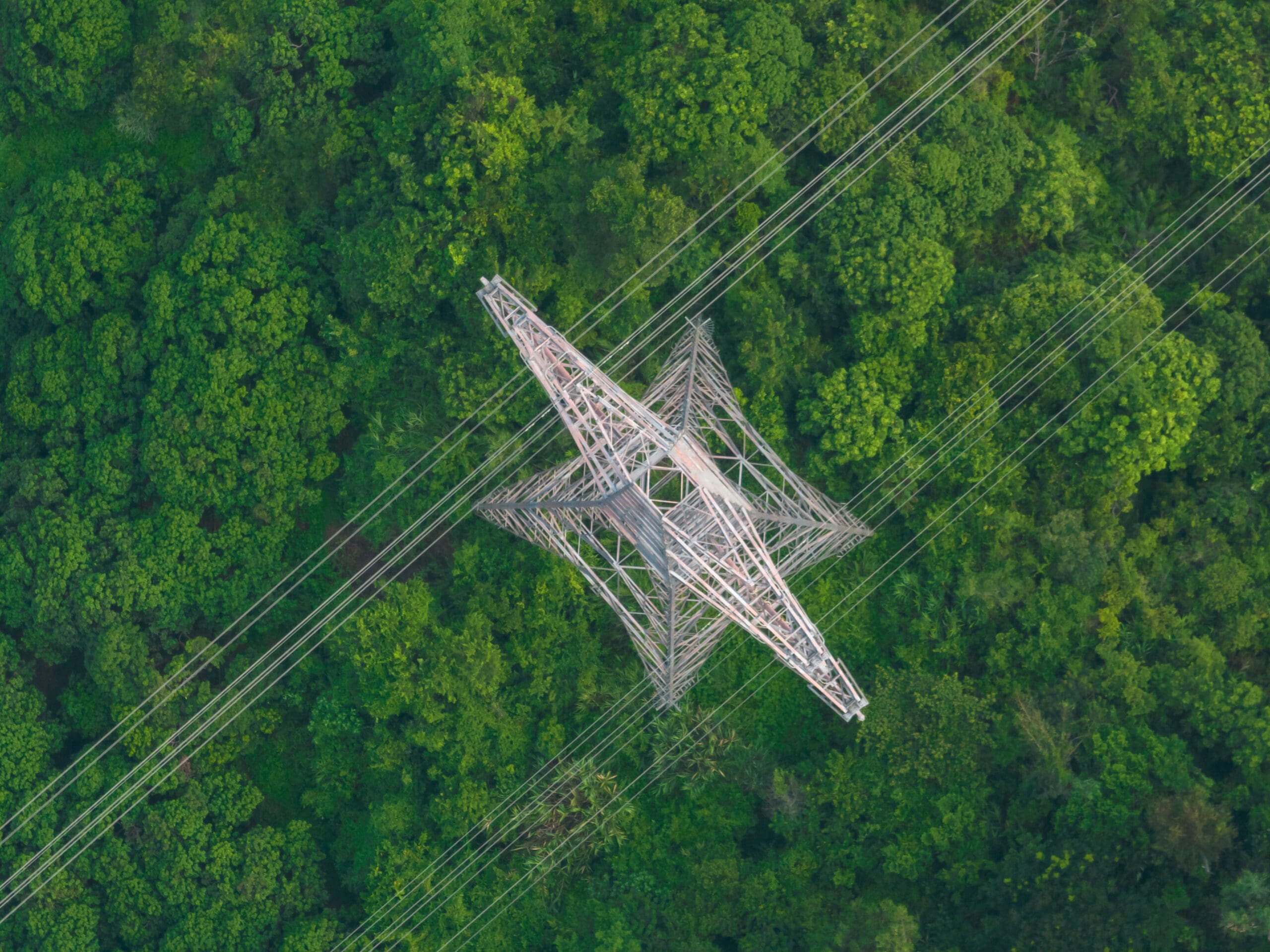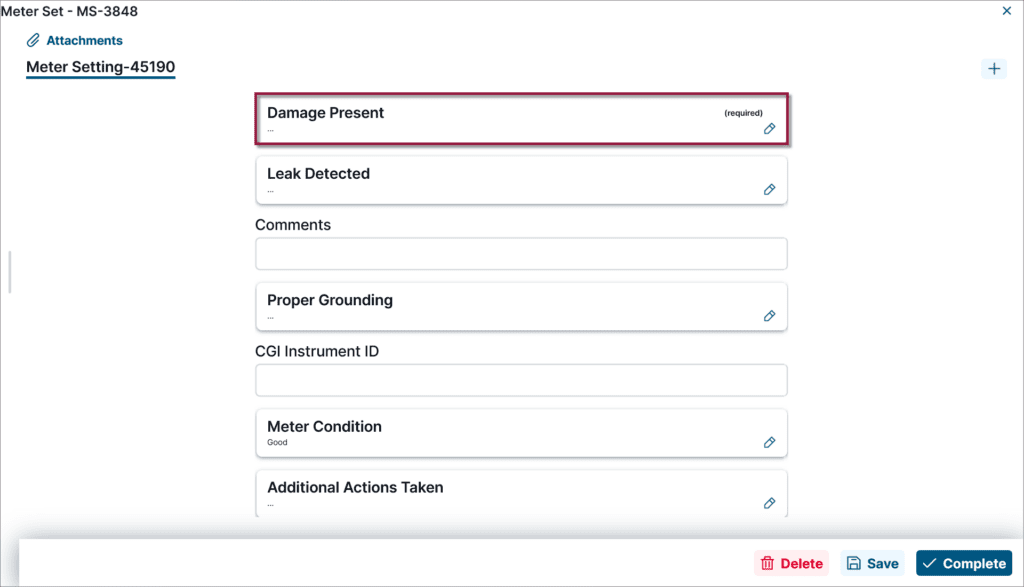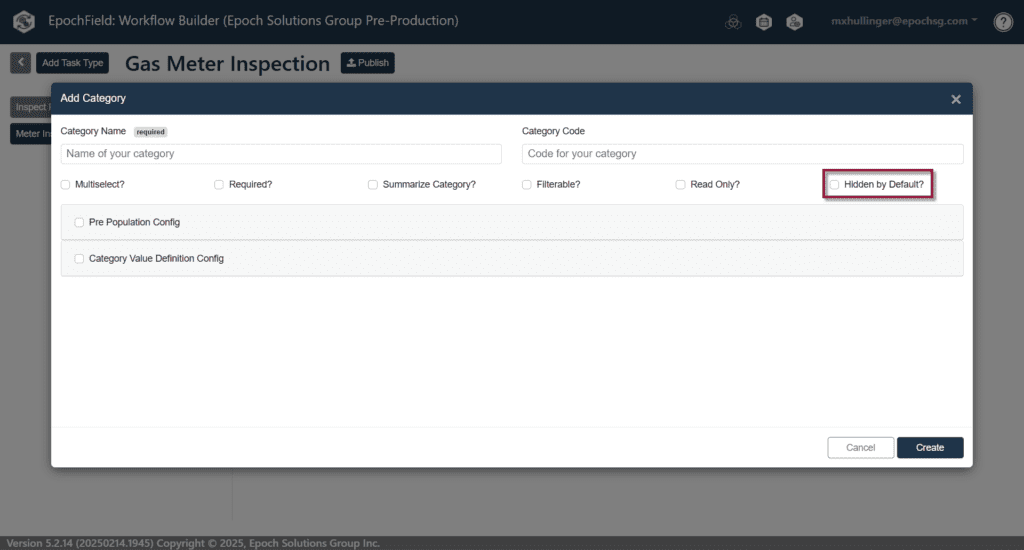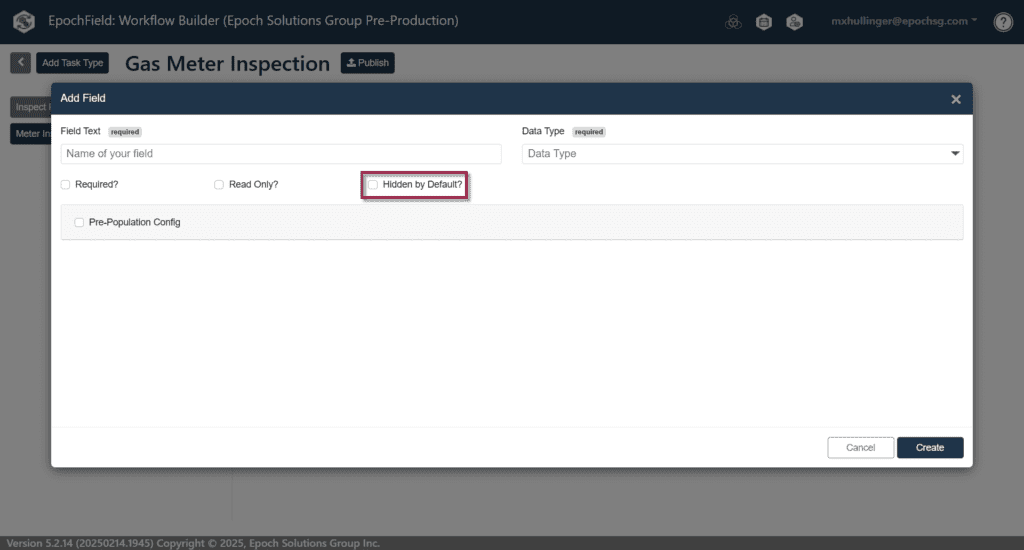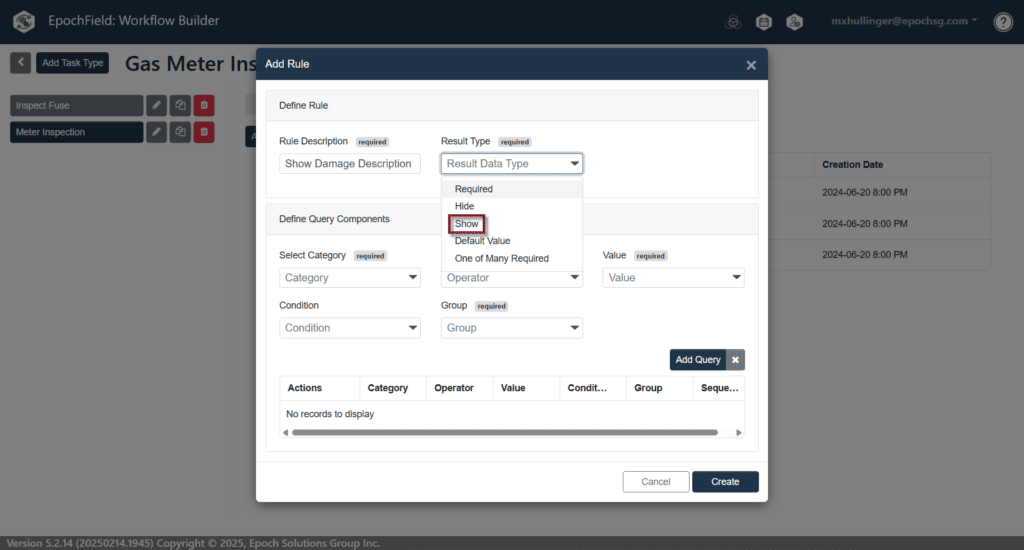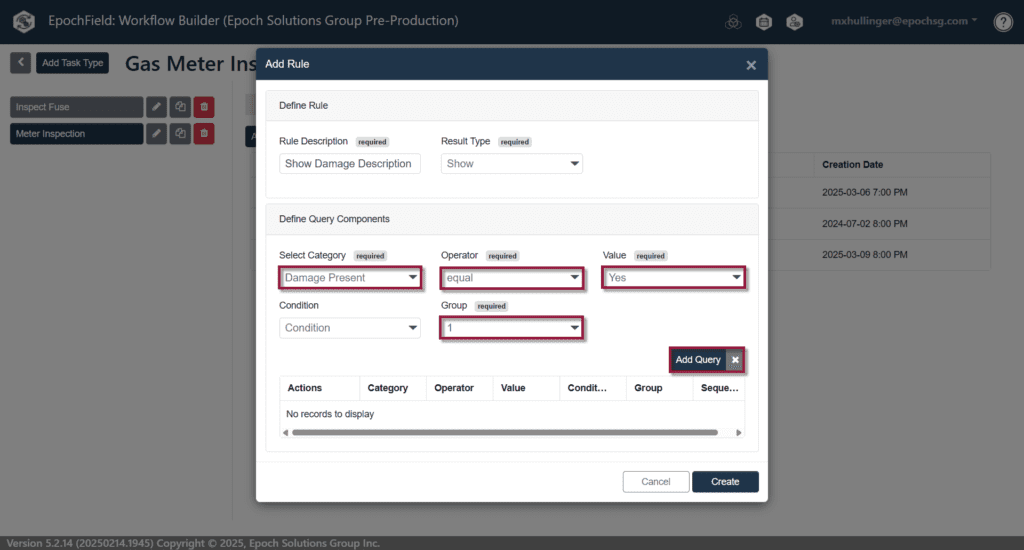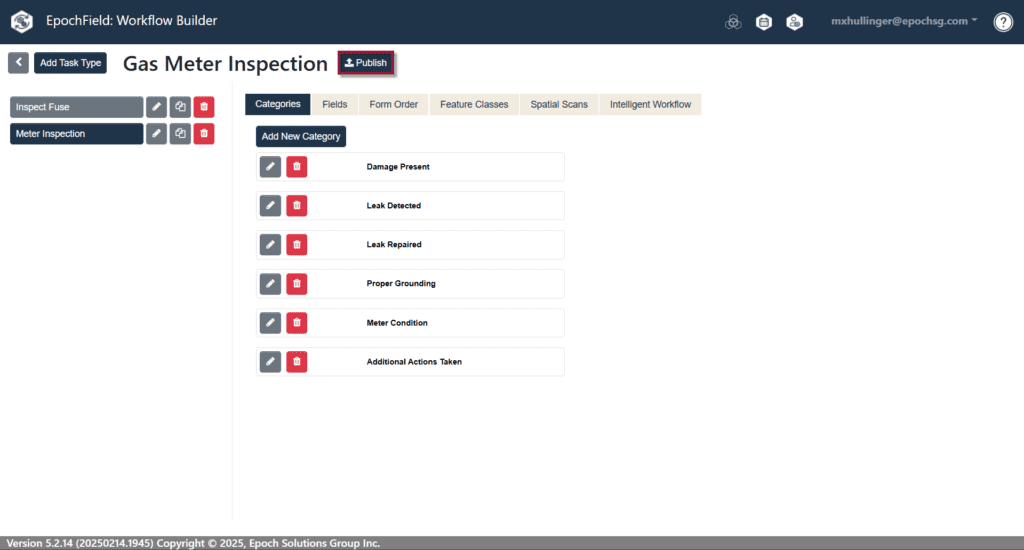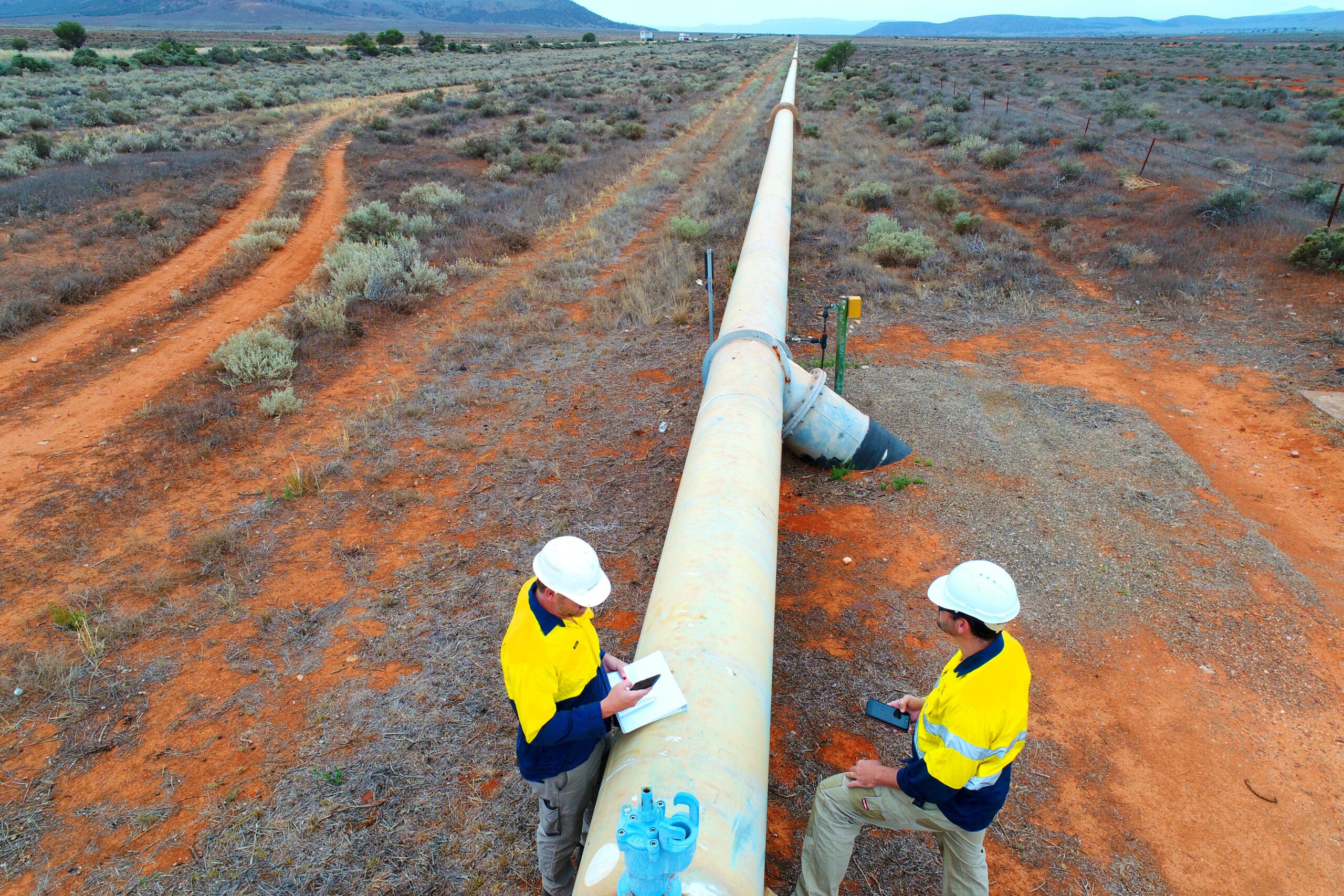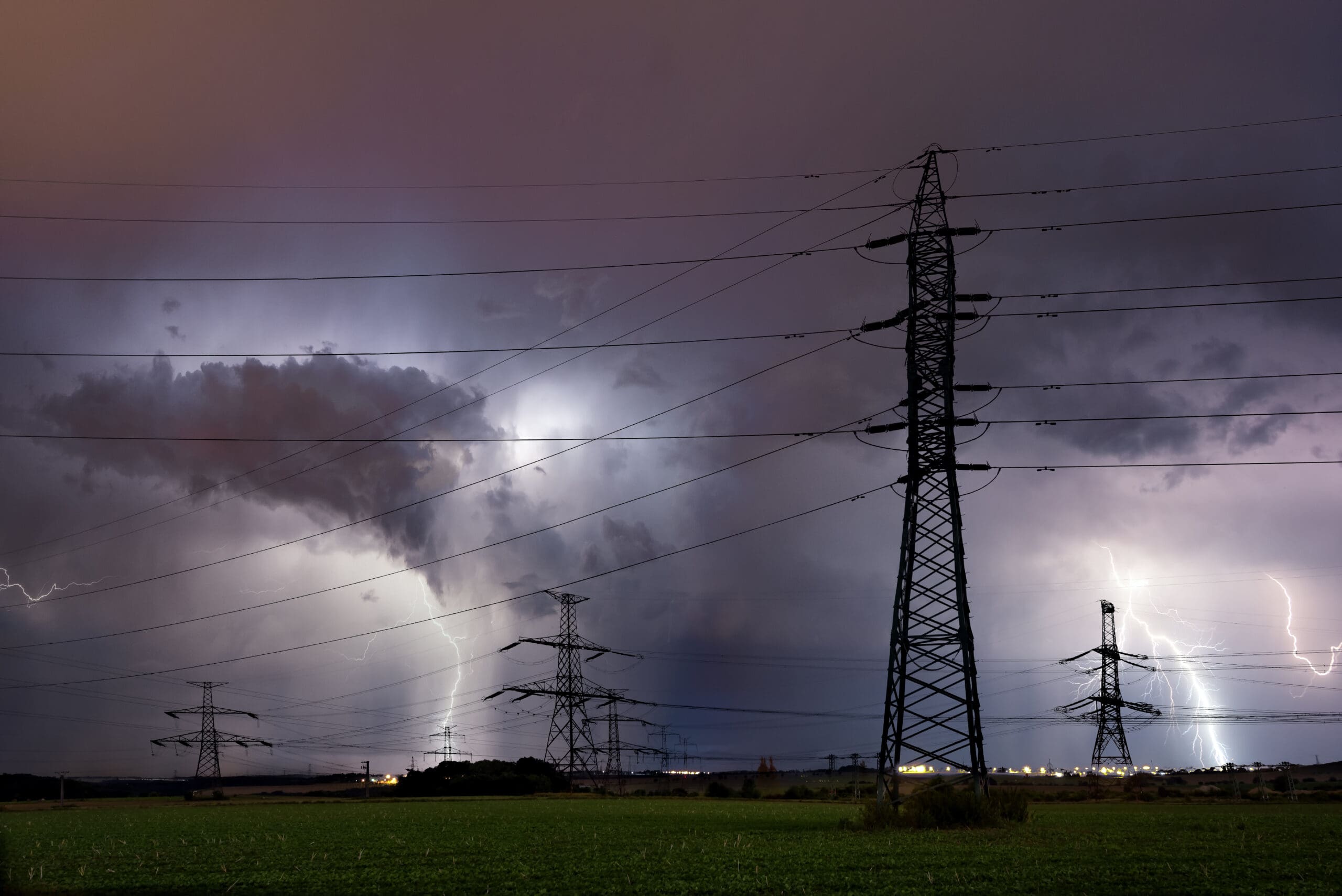Nearly one-quarter of the power outages in the US are related to vegetation risk, according to research by The College of Nature Resources. The utility sector spends an estimated $6-8 billion annually on vegetation management, per Accenture, making it critical that these resources are used effectively. Many utilities are discovering that a digitized, map-first asset management solution can improve their vegetation management efforts, ensure they allocate resources strategically, and reduce the likelihood of a vegetation-related power outage or wildfire.
The Growing Impact of Vegetation on Utilities
The risk of vegetation contributing to costly and potentially dangerous power outages is on the rise, especially as severe weather events become more frequent due to climate change. The rising prevalence of drought conditions presents a significant challenge.
In the fall of 2024, 48 states experienced some level of drought—a situation The National Oceanic and Atmospheric Administration (NOAA) deemed “historic.” If a downed power line comes into contact with dry vegetation, it can spark a fire that takes power out of service and threatens properties and lives.
Even in the absence of weather issues, overgrown trees have the potential to extend into overhead power lines and ignite a fire. And while not all wildfires result from power equipment coming into contact with vegetation, the growing frequency of these events—from the 2023 Smokehouse Creek Fire in Texas, to the devastating wildfires on Maui and more recently in Los Angeles—has heightened awareness of the urgent need to reduce vegetation as a contributing factor.
Adding to the complexity, utilities must now comply with the updated Transmission Vegetation Management reliability standard from the North American Energy Regulatory Commission (NERC), which went into effect April 1, 2024. FAC-003-5 impacts all NERC Registered Transmission Owners and Generator Owners. As utilities add transmission capacity to address growing energy demand, while simultaneously transitioning to renewable energy, complying with this updated standard adds another layer of complexity.
Transforming Traditional Vegetation Management
When vegetation near utility assets is left unmanaged, it poses serious risks to power companies and their customers. That’s why utilities across the US engage in proactive vegetation management, such as pruning trees, removing trees and flammable brush, and widening rights-of-way to expand the area where they can manage vegetation.
However, the high cost of utility vegetation management and persistent labor shortages require utilities to adopt a more strategic, data-driven approach. Traditionally, vegetation management has been performed on fixed schedules based on historical patterns. But as weather patterns become more unpredictable, this approach becomes inadequate.
Instead, forward-thinking utilities are leveraging advanced technology to better inform their vegetation management strategies, prioritizing high-risk areas and maximizing the impact of their resources.
Contact an Epoch Sales Consultant today ⟶
Where Legacy Systems Fall Short on Vegetation Management
To reduce fall-in, grow-in, and other vegetation risks, utilities need full visibility into where vegetation is encroaching on field assets or otherwise threatening reliable power. Equipped with accurate, real-time data, they can proactively forecast vegetation management needs, efficiently schedule inspections, and direct maintenance teams to the most critical areas.
However, traditional legacy systems and a lack of integration among disparate data sources make vegetation management challenging for today’s utilities. The information needed to inform vegetation management comes from multiple sources, which is often stored and managed within a variety of disconnected systems. For example, drone-captured aerial images and geospatial data from sources like LiDAR (light detection and ranging) are typically gathered using a mix of manual and digitized processes. As a result, the data is collected and housed in various formats that make it difficult to structure, synthesize, and process it for effective use.
Even as satellite technology provides more geographic and geospatial data, processing these massive data volumes requires significant computing power – something that outdated IT infrastructure and legacy systems struggle to handle.
A Digitized Solution Reduces Vegetation Risk
Managing vegetation proactively and strategically demands a modern technology platform that supports gathering, synthesizing, and analyzing all the data inputs required to assess risk and direct field resources. Many utilities find that a digitized, geospatial asset management platform greatly improves vegetation management by providing a single repository of real-time data about field assets and the state of nearby vegetation.
By tracking each asset’s geospatial location and integrating data across many sources, a digitized solution provides the visibility utilities need to develop and execute effective vegetation management strategies. The solution standardizes data that is gathered from a variety of sources and exists in many different formats, including data from drones, satellites, mobile devices, and information within manual documents.
With the capability to automate field crews’ workflow end-to-end, a mobile workforce management platform streamlines work order creation, optimizes staff scheduling and deployment, facilitates tracking of vegetation management work progress, and ensures the utility allocates finite resources wisely. A modern, digitized asset management solution further improves vegetation management by giving field crews mobile access to the real-time data they need to carry out work orders efficiently and accurately.
Leading Utilities Improve Vegetation Management with EpochField
To meet today’s challenges, leading utilities are turning to EpochField, a map-first, geospatial asset management solution designed to modernize and streamline vegetation management operations. Purpose-built for utilities and scalable to any size organization, EpochField digitally transforms, automates, and streamlines field service operations, including the mission-critical task of vegetation management. This modern solution provides the spatial intelligence to inform vegetation management activities while seamlessly integrating with legacy systems, enterprise applications, and mobile devices for access to real-time data.
Many of EpochField’s newest enhancements greatly aid utilities in managing vegetation efficiently and effectively. For instance, the enhanced Edit Multiple Work Features tool equips field crews to manage tasks more accurately and simplifies the job of bulk editing work features. Updated Workflow Forms save field crews time by guiding them through the form logically, while allowing them to use the Workflow Builder to create these forms using simple drag-and-drop functionality. The Workflow Builder now includes a Spatial Lookup feature that supports auto-populating category values in workflow forms, using nearby features based on a specified spatial distance. These are just a few of the many EpochField features utilities can use to create vegetation management work orders and implement these tasks in the field.
Don’t let outdated technology hold back your vegetation management strategy. Contact an Epoch sales consultant to learn how our digitized, geospatial asset management solution can help reduce vegetation-related risks and improve operational efficiency. Visit our Utility Operations Resource Center for more insights and resources from the utility experts at Epoch Solutions Group.






